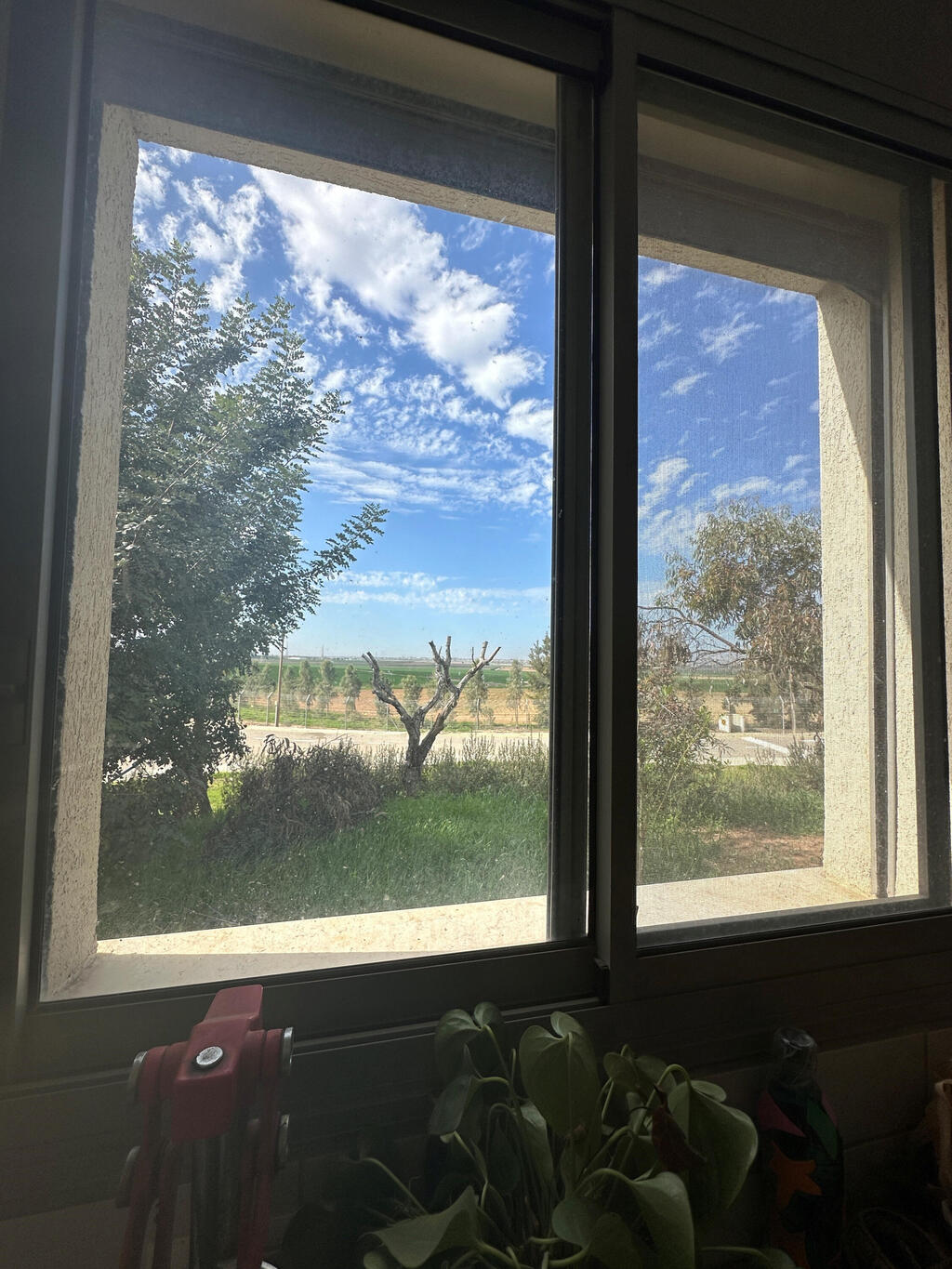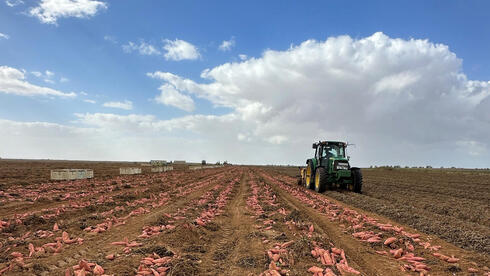“When I stand in the fields near the Gaza border and take photos, I always ask myself the same question: How could the government abandon such a beautiful place?” she says.
Marina lives in Nahalal in the Jezreel Valley, is married and has three children. “My eldest daughter serves in the Israeli army at the coordination and liaison base in the Gaza district, where Hamas terrorists have entered, kidnapped and killed soldiers,” she says. “By chance, she came home the night before. I was given my daughter as a present.”
When the Gaza war began, Forman-Levy was volunteering in agriculture in border towns. “I came to help farmers with the harvest and other tasks, and I brought my camera with me,” she recalls. “I started taking pictures – and I never stopped. There isn’t a field on the Gaza border that I haven’t photographed. So many pictures. That’s how I got to know more and more farmers.”
“Even after I finished volunteering, I kept coming back to take photos near the border. I took photos of the agricultural machinery in Kibbutz Nahal Oz or Kfar Aza, in the fields near the border and also in Kibbutz Nir Oz. It is sometimes difficult for me to capture this idyllic scene, knowing that a terrible massacre took place here just a few months before. There are still places in the fields where you can see blood stains.”
Marina was born in the city of Mazyr in Belarus. In 1990, when she was just 11 years old, she made aliyah alone. Her parents came a few months later and the family settled in Ashdod.
In 1997, she joined the Israeli Defense Forces, where she met her husband Matan. In 2002, they moved to Nahalal. “For me, agricultural photography is a longing for my childhood,” she explains. “That’s where it all started. My entire childhood consists of agricultural landscapes.”
10 View gallery


Picture of the view in front of Roy Edan’s house
(Photo: Marina Forman-Levy)
So what is more beautiful – agriculture in the Jezreel Valley or on the border with the Gaza Strip?
“That is the most difficult question for me. When I photograph the valley, it is much smaller, but it is my home, my landscape and that of my children. But the vastness of the border with the Gaza Strip is soul-liberating. How could we not protect this place on October 7? How could we allow this to happen? I ask myself that again and again.”
Have you never been afraid? Rockets are still falling here.
“I’m ready for anything for agricultural photography.”

